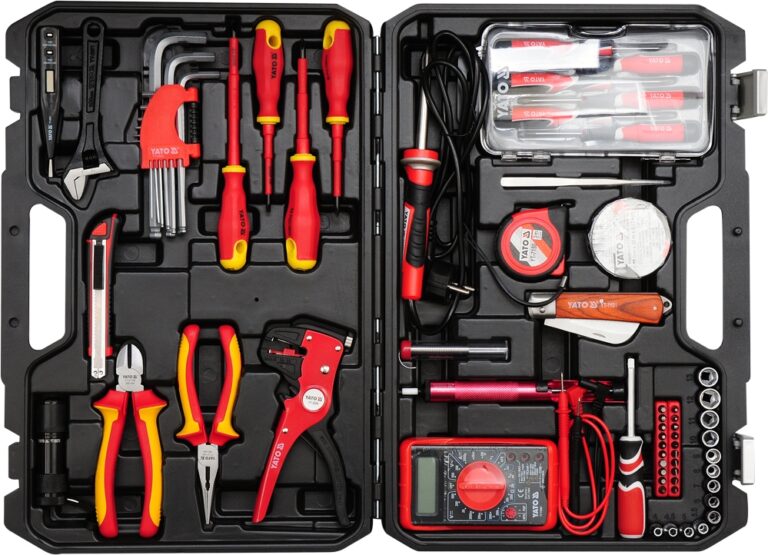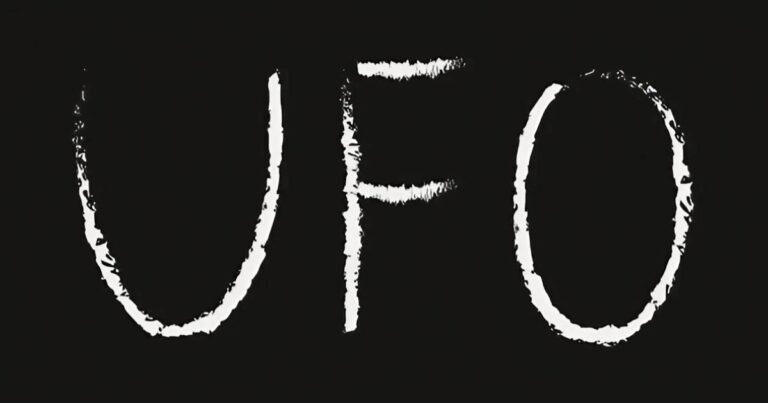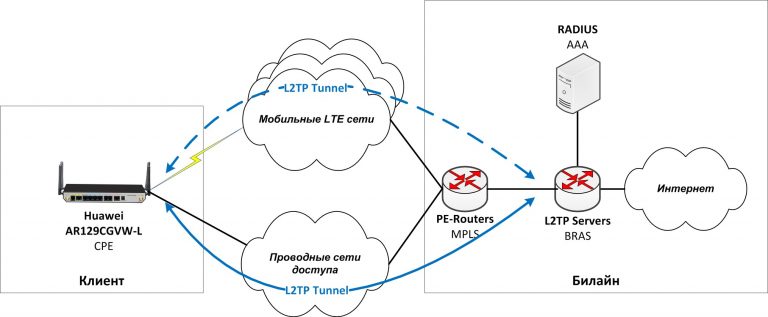10 examples of effective communication for testers
Future students of the course “QA Engineer” and everyone is invited to sign up for an open lesson on the topic “How to write a bug report correctly”.
We also share the translation of useful material.
The agile methodology ensures that the team takes action to ensure product quality from the outset of development. In the early stages, testers investigate features and use cases. During the analysis of epics, they delve into the project more, discuss the status quo, and help develop user requests taking into account technical and business aspects. Finally, testers work closely with the design and implementation team to raise testability, usability, and edge cases.
The tester’s voice matters throughout the development process as the tester represents the point of view of both the user and the engineer, whose mindset is to look for loopholes and likely problem areas in both technical and business aspects.
When testers initiate and encourage dialogue, it can shed light on the finer details of the items in the work-in-progress (backlog), allowing engineers to better focus their efforts. Well-formulated questions result in helpful discussions and answers. When testers clearly articulate their strategy, developers can help ensure that the code is testable and can also write more targeted unit and integration tests. All these measures contribute to the production of well tested code.
This article describes 10 examples of situations where well-developed communication skills of testers can be a deciding factor.
1. Testing begins with analysis and design
In both waterfall and agile environments, analysis, design, and planning meetings require careful study of the problem statement and proposed solutions. The aim is to provide the best possible resolution, taking into account all the accumulated knowledge and experience. It is vital that each team member clearly understands the vision and the intended path.
In this environment, the tester needs to communicate with people who have a wide range of priorities and experiences. This is the right time to voice your observations, ask questions, advocate for users, raise legitimate concerns, and make recommendations. Here are some topics that a tester can raise in this situation:
-
Typical experience of testing a similar product in the past, namely – what was easy and what was difficult, especially if these are not obvious or unexpected things;
-
Special use cases or custom requests – availability, testability, edge cases, and other relevant elements;
-
Usability and Design Thinking;
-
Testing approaches, features of automation frameworks, etc.
2. Testers as a representative of user interests
Testers always need to put themselves in the shoes of the system user. This helps to understand what the user needs and what actions he can perform.
Many of these aspects are considered during the planning of end-to-end test cases. Some aspects of testing cannot be covered simply by imagining yourself in the user’s place, but it is still important that the users themselves are involved in testing the system so that their expectations from the system are not based on assumptions alone.
The tester should act as a representative of the client’s interests and can do this by:
-
Research on defects reported by users;
-
Managing user expectations of when the defect will be fixed;
-
Informing the user about workarounds for solving the problem before fixing the defect, if it prevents the user from doing something;
-
By referring to existing technical documentation, when appropriate, or notifying authors of necessary changes;
-
Letting customers know when new features will be available for beta testing.
Good communication skills can make managing expectations and planning for releases smooth and clear.
3. Voice of quality
Agile teams tend to be self-organizing. With this flexibility, the tester is able to make product quality recommendations to his teammates for any of these reasons:
-
Review code;
-
Discussion of testing strategy;
-
Analysis of the test plan / cases;
-
Review / optimization of testing processes;
-
Release planning;
-
Working with developers of technical documentation;
-
Providing adequate code and test coverage;
-
Fighting late submissions for tests;
-
Discussion of problems;
-
Review of the development process and its improvements;
4. Knowledge sharing
It should be noted that not every knowledgeable person can be a teacher. The decisive factor is often the quality of communication. What matters is how you make concepts, content, and other testing strategies clear and easy to understand. This affects how well you teach junior team members to understand best practices, and how easy it will be to hand over work to a new test team member who must collaborate with you to share the workload.
5. Feedback
Feedback on any risks discovered much later in the SDLC (software development lifecycle) or any alerts that could compromise the release plan is very important. Testers should communicate this effectively and in a timely manner to other team members – developers and fellow testers; and also communicate them to your manager and other interested parties. This feedback channel is very important because this information can lead to important and difficult but timely decisions.
6. Communication with users
From time to time, testers communicate with users to investigate defects, estimate time to fix code, release plans, and other situations. It requires a more formal, more functional and less technical communication style. Be short, clear and to the point. Client communication skills come with experience and are often instilled by a mentor.
7. Documentation
Test engineers can document use cases, use patterns, and edge case scenarios. After product managers, they are the best candidates for working with developers of technical documentation, because they can help describe these use cases and best practices for implementing and using a new feature. Good written communication skills help tremendously in all these small but important aspects of the product.
8. Asking the right questions
One of the most important skills for getting the right answers and the right information quickly is asking the right questions. Questioning technique can be improved – a skill that can be learned. As absolutely rightly noted in this article:
“You can get more useful information and learn more, you can build stronger relationships, manage people more effectively, and help others learn. ”
9. Coaching and leadership of the testing team
As testers move up the career ladder, be it individual development or a well-established corporate plan, coaching and leading junior team members becomes critical. This becomes apparent as the team grows and new features emerge: it simplifies planning, developing a testing strategy, getting feedback, and sharing plans and best practices.
Gathering ideas, feedback, and the ability to have productive test discussions are part of the skills that will make your team value you as a leader.
10. When to disagree
Before an organization has yet moved to agile or has fully implemented it, the testing team often falls into the position of release gatekeepers. For better or worse, the decision to release a release is often left to the testers, rather than the entire team or senior executive. This situation often entails a firm but polite rebuff.
For agile teams, the release decision becomes a team decision, which still means that if there are risks and the release needs to be delayed, the test engineers will need to back up the response with data, well-stated reasons and important information. This requires a clear understanding of the problem, the risk, and analysis and summarization of the root causes.
Recommendations for improving communication
Here are some ways to improve your communication:
-
Be aware of opportunities to speak up in team discussions, briefings, or other similar conversations – use these opportunities to improve and practice your acquired communication skills.
-
Study the audience you are communicating with – your communication strategy and word choice will change depending on your target audience. Realizing this helps to steer discussions on track and stay focused. It also helps make meetings and presentations more effective.
-
Learn to Ask the Right Questions – As mentioned above, explore various online conversations, presentations, and articles on how to ask more specific questions. It’s a tricky skill, but well worth it!
-
Listen more – you can only communicate effectively if you know the topic you want to touch on. For example, only by listening can you get detailed information and understand the severity of the defect. This, in turn, will help you define your expectations.
-
Keep it simple – technical and business jargon is commonly used and understood in software development teams. However, misunderstandings can still happen from time to time. Especially when you are working with cross-functional teams or teams that can work and communicate in different contexts. Of course, using standard technical and business jargon in our field makes sense – it ultimately comes down to the audience you are reaching out to. But there is such a phrase “explain, as if I am five years old” – do so when possible, and clarify the question as soon as you notice that you have come to at least a basic understanding.
-
Analyze and consolidate before providing information – this will make your message content accurate and therefore much more effective and well thought out. Apply this technique to presentations, demos, and hot spots.
-
Be Fearless – Don’t shy away from any form of communication. Not sharing information and asking questions will only slow you down and, ultimately, your entire team. Don’t be afraid to ask stupid questions and make trivial lies. Have the courage to ask, demonstrate, point out, and discuss.
-
Know Your Business / Do Your Homework – When what you share is backed up by data, facts and observations that you can refer to, your ability to clarify and extract information becomes more powerful. Use this ability to your advantage.
-
Constantly develop – strive to work on yourself, if you are one of those who are not naturally endowed with good communication skills, with practice comes perfection … or, at least, becomes a little closer!
-
Encourage feedback. Getting feedback from trusted people in your professional community and beyond can help you direct your improvement efforts in the right direction and give you a boost of energy and motivation when it becomes consistently positive.
Learn more about the course “QA Engineer”.
Sign up for an open lesson on the topic “How to write a bug report correctly”…






